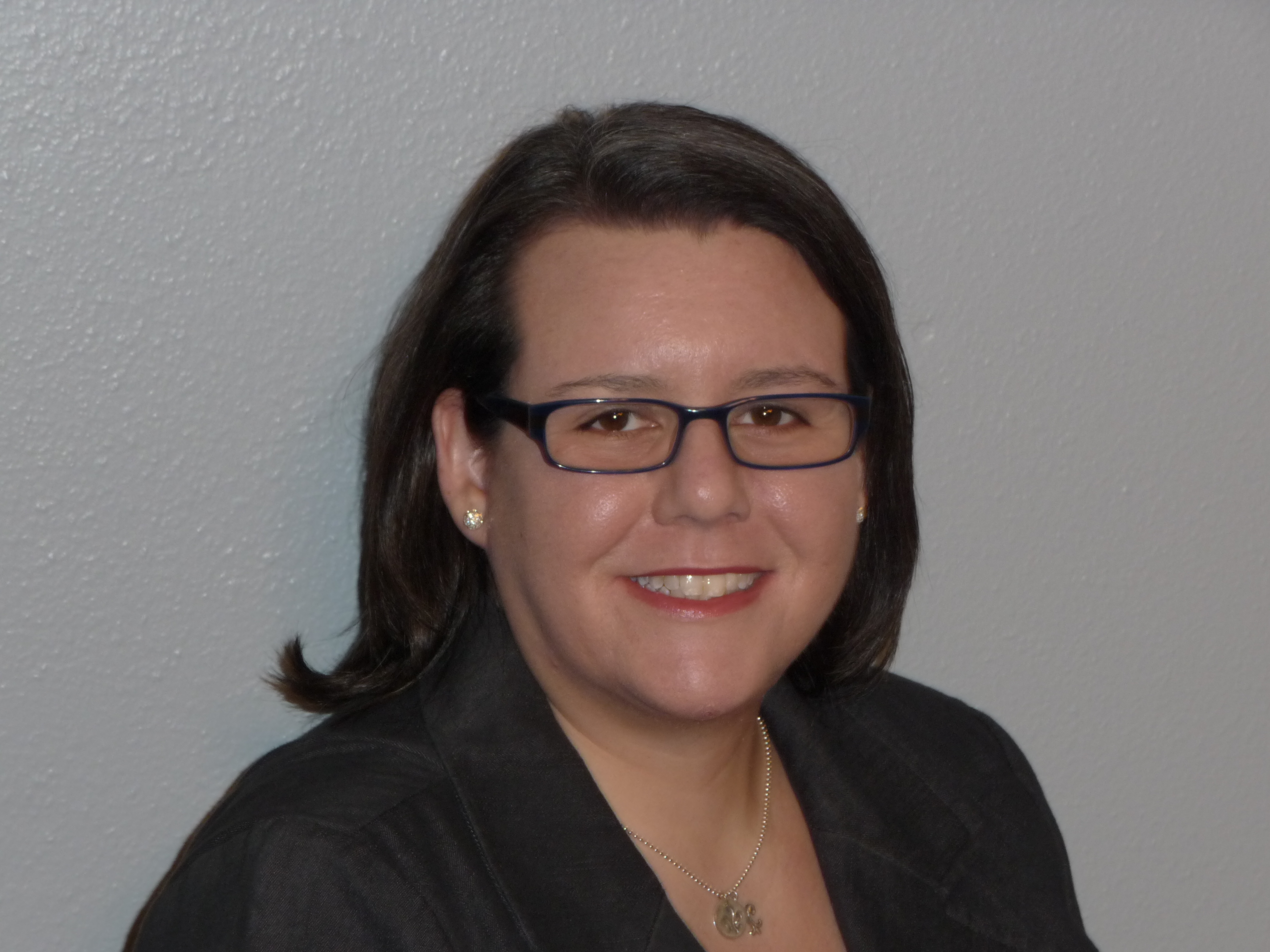 I thought that since my website is finally finished and I am getting settled into my new home of Austin, TX – I should formally introduce myself and give a little history about myself. When people ask me what I do, it is difficult for me to come up with a quick answer. My canned answer is that I am a rehab engineer who works with people with disabilities to get the technology that they need.
I thought that since my website is finally finished and I am getting settled into my new home of Austin, TX – I should formally introduce myself and give a little history about myself. When people ask me what I do, it is difficult for me to come up with a quick answer. My canned answer is that I am a rehab engineer who works with people with disabilities to get the technology that they need.
This does not really describe what I do, but is the best one liner that I have come up with.
My journey into assistive technology started way back in 6th grade. I went to a public school in Metairie, LA that also had a school for special needs kids. There was a program called “Lunch Buddies” where a pair of 6th graders were matched with a special needs child, and on a regular basis we would eat lunch together. There were also other events where we would get to do things with our “buddy.” This was my first personal encounter with a person with a disability. I have to credit the administration at that school because I never felt like the special needs kids were any less than the rest of us. We also had an activity where we “put on” a disability for a day. I think mine was deafness where I had to wear ear muffs, and others wore blindfolds or used a wheelchair for the entire day. This was way back in 1986, so I think this was pretty progressive for the time. Also, over the summer after 6th grade I volunteered to help in one of the classrooms where the more severely disabled kids got help outside of regular school hours. I did not realize it at the time, of course, but I think that this positive, early encounter with people with disabilities shaped my understanding of disability as well as prepared me for my future work.
Fast forward to high school. I was a pretty stereotypical nerd (before being a nerd was cool) – all the way down to the AV club and backstage theater antics. I excelled in math and science and decided to major in engineering.
Mind you, I had absolutely no idea what engineers did, but as I began my course work on my undergraduate degree, I knew that engineering was for me. I loved learning how the world works in such detail. I also loved learning how to design and build things in my head that actually worked in real life!
Since I grew up and went to college in New Orleans, the oil industry looms large in the engineering world. I was blessed to have summer jobs that helped me to know that the oil industry, or any other big industry was not for me! The idea of helping people with my engineering skills was very attractive to me. And to make a long story short, I ended up in graduate school for Biomedical Engineering, with an emphasis in Rehab Engineering.
As I learned about computer access, home mods, X-10 and all other things AT related, I soaked it all up and could not wait to put those skills to use. Before graduate school, I had no idea that the world of AT existed. I truly felt that I found my calling.
Rehab engineers are a rare breed. Most people who are practicing in the assistive technology world are occupational therapists or physical therapists or others with a more medical perspective. Rehab engineers come to the party as expert problem solvers. I feel that this was the objective of my education – how to take a problem and break it down into pieces and come up with a solution. This is the approach needed for all assistive technology problems. Of course you have to have an understanding of the medical issues involved, but in my humble opinion, I think that having an engineering background best suits someone to solve assistive technology problems. As an engineer, I am looking at all the moving parts of the problem and trying to find a cohesive solution. Being knowledgeable of the inner workings of technology and not being afraid to “hack” something together is what we do. Today, custom designs are rarely needed with the vast array of products on the market, but occasionally that is necessary.
Ok, so your legs don’t work, no big deal, this is just a constraint that I put in the problem and figure a way around it. This is the kind of thinking that gets me excited – how can I figure out a way to solve this problem. What products out there will help this person, what strategy needs to be used to allow them to perform the task? Do I have to build something to make it all work together?
Over my ten year career, I have worked in state government and in the non-profit setting. Now, I am hanging up my shingle and going out into the world to find people who need my help and solving their problems.
